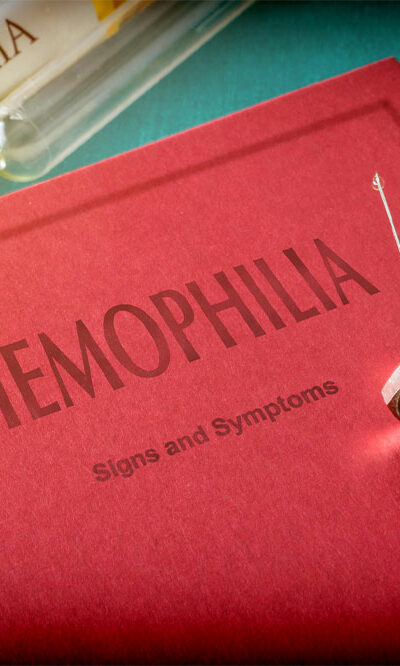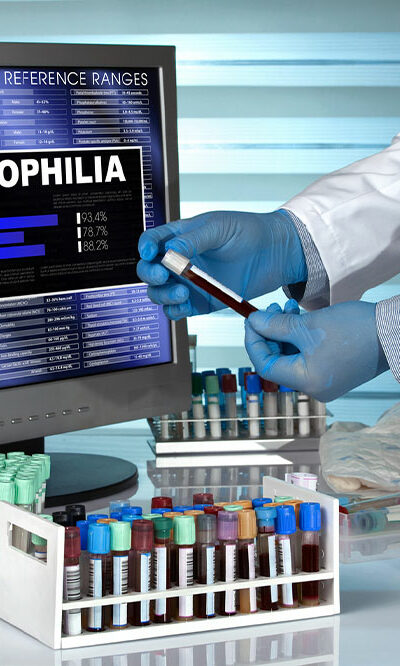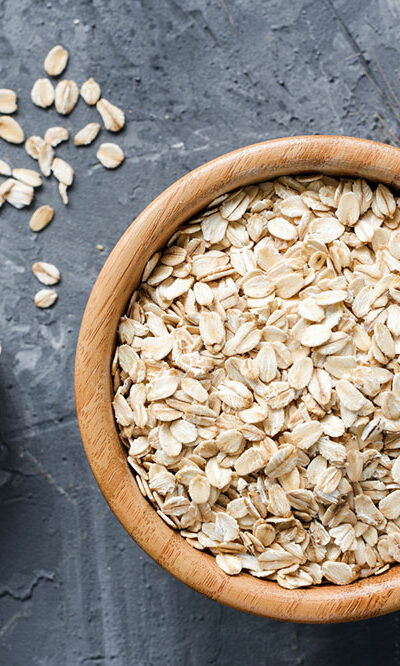
Rheumatoid arthritis – Things to avoid to manage the condition
Rheumatoid arthritis or RA is the inflammation of joints, leading to cartilage degeneration. It is an autoimmune disease wherein the immune system attacks the body’s tissues and can be caused by the wear and tear of the joints. It is estimated that more than 20 percent, which is over 50 million people, get diagnosed with rheumatic conditions like arthritis. Here are some things to avoid in daily lives for better management of rheumatoid arthritis. Leading a sedentary lifestyle A sedentary lifestyle is one of the biggest risk factors for rheumatoid arthritis. Lack of movement can weaken the joints, making it challenging to manage rheumatoid arthritis. Doctors recommend doing some light intensity exercises to relieve pain due to arthritis and help build stronger joints. Bad posture Bad body posture can put excess weight on weakened joints, which can worsen rheumatoid arthritis. A good body posture reduces the pressure on the joints, thereby reducing other symptoms like excess joint pain and trouble walking or doing simple chores. Wearing high heels High heels can put a lot of pressure on the hips and knees. This can aggravate arthritis symptoms. The cartilage around the joints can get damaged further, resulting in pain and inflammation. Performing high-intensity exercises Joints tend to weaken with age, and performing specific exercises damages the weakened joints and aggravates rheumatoid arthritis caused by inflammation triggered by exercising. Consuming refined carbohydrates Refined carbohydrates such as white flour, rice, pasta, pizza, and many breakfast cereals have little to no nutrient value. Having too many sources of refined carbohydrates in one’s meals can increase and worsen arthritis symptoms. Consuming refined carbohydrates with refined sugar in the form of pastries and cakes can be even more harmful, as they can increase inflammation and pain. Eating processed foods Processed foods contain high amounts of preservatives in the form of MSG (monosodium glutamate).










